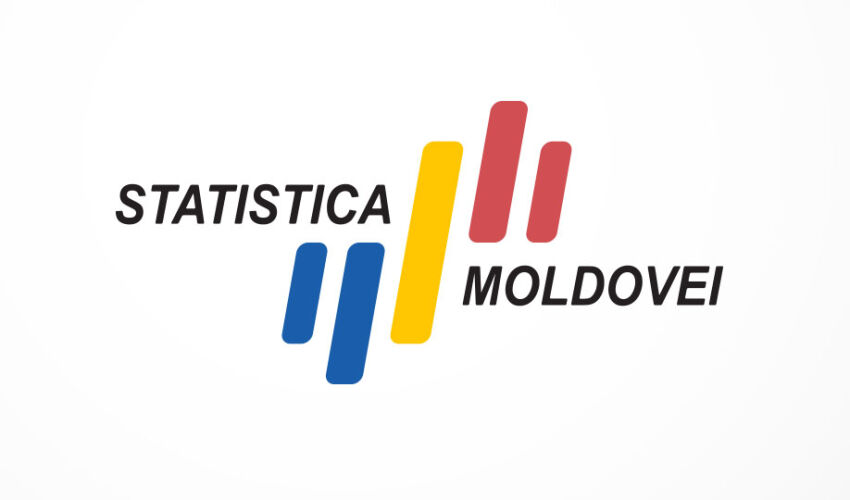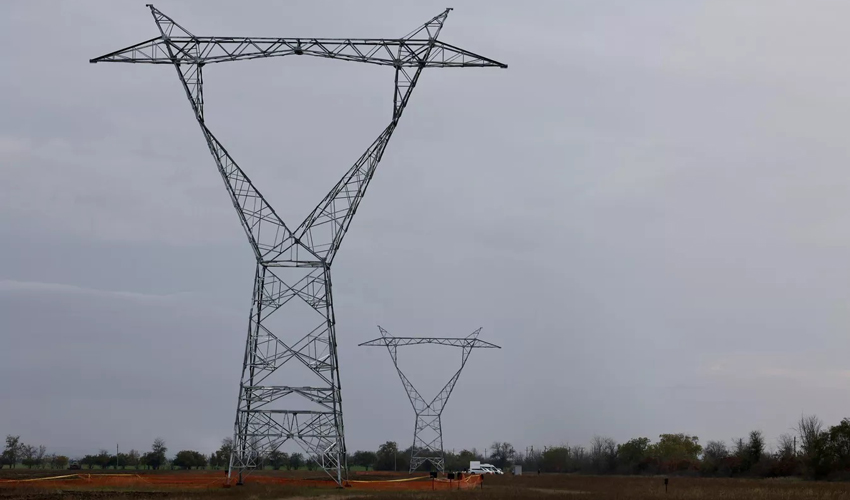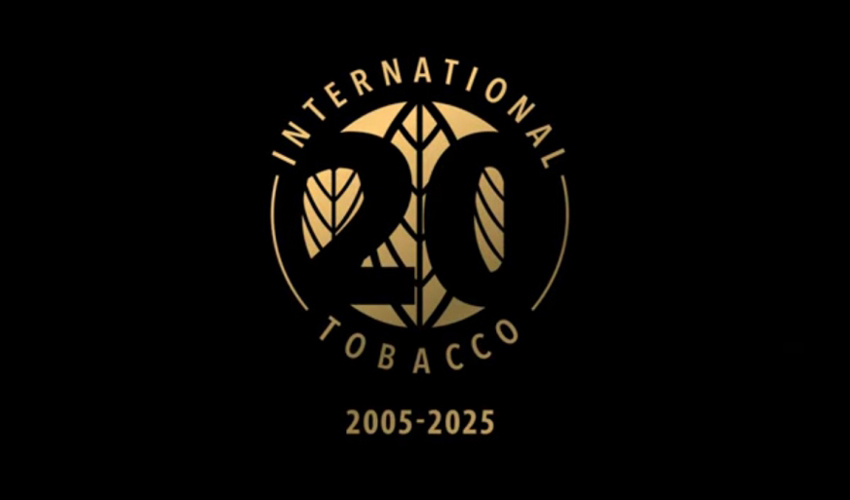
The annual price growth was mainly caused by the rise in prices for personal services (by 13.8%) and food products (by 9.4%). Utilities, among others, played a decisive role. Their “contribution” to the annual inflationary growth is estimated by statistics: in descending order – prices for electricity, natural gas, heating, water supply.
At the same time, the NBS considered it necessary to explain that the assessment of average effective tariffs for natural gas, electricity and heat supply was made taking into account the compensations provided for payment of energy bills for household consumers – in accordance with Law No. 241/2022 “On the Energy Vulnerability Reduction Fund”.
In April, as compared to March, the increase in average prices for services was mainly due to the increase in prices for transportation services (by 4.7%) and water supply and sewerage services (by 4.5%).
Food inflation thus made a greater contribution to the growth of inflationary pressure. In April 2025, a more pronounced monthly increase in average consumer prices was recorded for fruits – by 9.3%, vegetables – by 5.3%, vegetable oil – by 3.2%, meat, meat semi-finished products and canned food – by 1.8%. Price decrease was recorded only for chicken eggs – by 5.9%.
As for non-food products, the average consumer prices for fuel and motor fuel decreased by 2.3% (including diesel fuel – by 5.8%, gasoline – by 2.4%, coal – by 1.2%). And average consumer prices for footwear and clothing increased by 0.8% and, respectively, by 0.6%.
The average growth of consumer prices in April 2025 in Moldova (by 0.9%) was at the level recorded in Iceland. Below – the inflation rate recorded in Turkey (3.0%), Slovenia (1.3%), Estonia (1.0%). Above – Portugal (0.7%), Spain, Macedonia, Croatia, Luxembourg (0.6%), France (0.5%), Poland and Germany (0.4%), Georgia, Italy, Austria (0.2%), Sweden and Cyprus (0.1%), Switzerland (0.0%), Czech Republic (-0.1%), Belgium (-0.8%).













